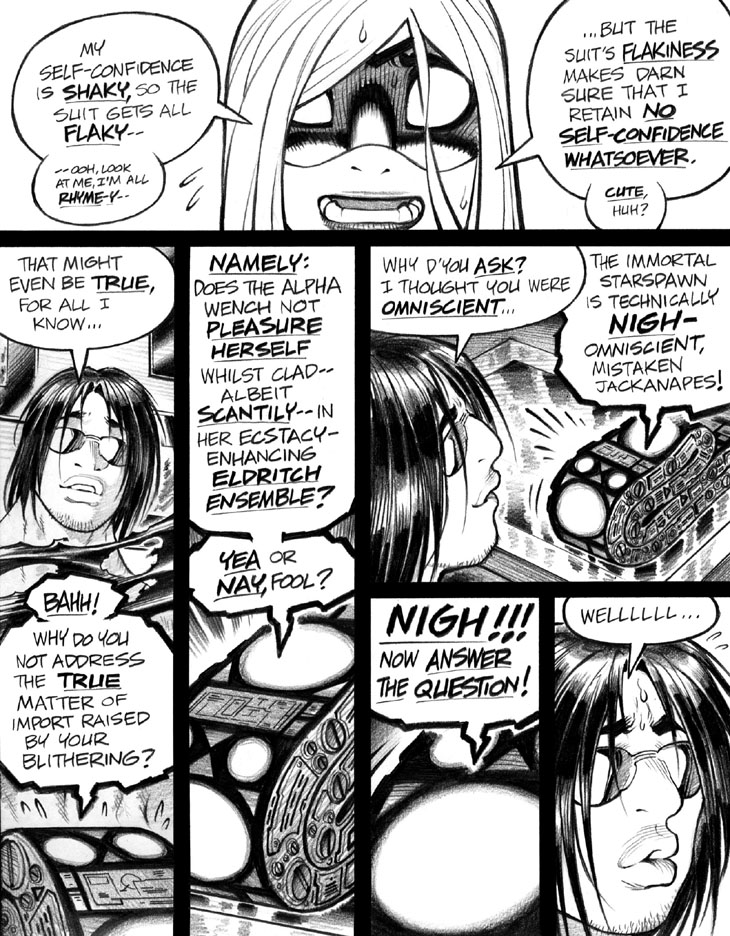Continuing crossposting of a recent “Subtweet Comics Critique” from Twitter, in which I complain about poor “narrative geography” in comics storytelling after reading two different recent books, referred to as Comic A and Comic B.
Ask yourself, “Can the reader decipher at least roughly where the hell everyone is located in this action sequence, and what’s going on?”
A semi-relevant tangent: Saving Private Ryan’s Omaha beach sequence features, I believe, only one shot from the Germans’ POV. We briefly see an “over-the-shoulder” shot from a German machine-gun crew as their MG42 rakes the beach and its opened-up landing craft. Your Mileage May Vary as to whether the MG42 shot spoiled the Omaha beach scene’s “subjective feel”—but it certainly helped clarify matters. Without that rather startling and abrupt over-the-shoulder shot, the German machine guns would’ve been seen only as distant muzzle flashes. The “reverse angle” from up high establishes how far the Allied troops have to climb before they reach the machine-gun nest’s level. Plus, that brief shot of the MG42 methodically splashing targets emphasizes the horrific vulnerability of the troops out on the beach below. Kinda tasteless to compare real-life-based scenes to lightweight pop-culture action, but the storytelling principles still stand, I think.
Comic B similarly fumbled a climactic fight scene, during which I found it unclear that two key characters were actually in the same room(!). We saw separate sequences of Hero A and Hero B in action, but never saw a panel establishing where they were in relation to each other. Easily solved. Show Hero A in action, then transition with a panel depicting Hero A in the foreground and Hero B in the background—then switch to a view solely of Hero B asskicking. You’ve established that, despite their separate action riffs, they’re in the same space. I call such panels “relational shots,” as they clearly depict characters in relation to each other—unlike, say, disconnected close-ups.
Action can be a problem for manga-influenced artists, as we’re prone to switching over to ambiguous backgrounds of naught but speed lines. Speed lines convey energy and motion, but can’t provide background cues to anchor an action scene’s geography and character placement. You can, of course, still do “relational shots” with speedline backdrops, by featuring characters in the panel’s foreground and background.
Common manga page layout: Big action panel with speedline-only background, followed by isolated close-ups of other characters reacting to it. Important note: We rarely see the characters from the reaction shots in the background of the previous Big Action Panel, for some reason. This layout was popularized, I think, by early Naruto, in which every Big Action Panel was always followed by many, many shocked close-ups.
Next time (and next Empowered page), the not-that-grand finale of this long and ramblin’ rant!
-Adam Warren

